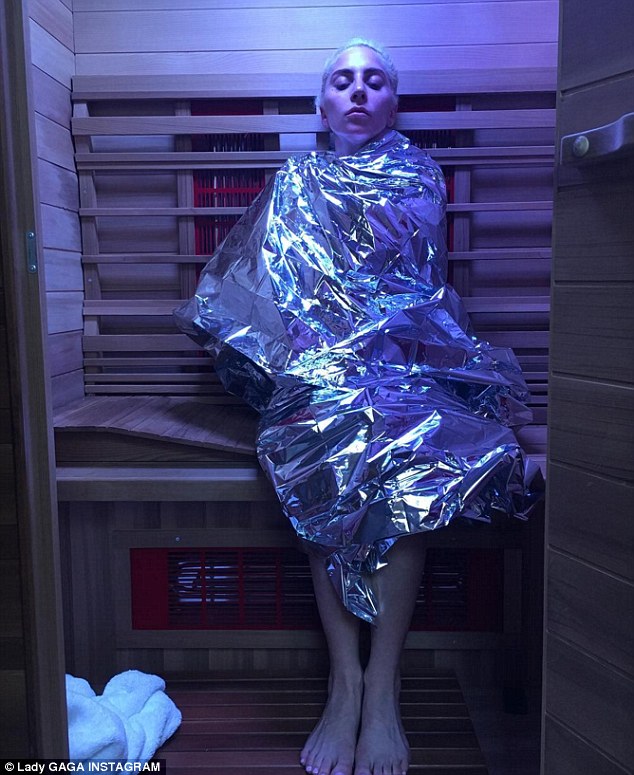Wear, Tear & Care: The Edge Desk
/By Jennifer Kilgore, Columnist
Let’s talk about how much I hate sitting.
I have two neck fusions, a permanently messed-up thoracic spine, and bulging discs in the lumbar spine. All of these combined make it very difficult for me to sit for long periods of time. This was a large part of why I had to leave the traditional working world and work from home.
I am always looking for improvements to my physical work setup. I already have a kneeling chair that I’d used in my old office, and even that -- my best option -- is something I can only do for a limited period of time before my back flares.
It seemed that coupling a kneeling chair with a normal desk was sometimes an odd combination because the height difference could mean bending my wrists to type (bad) or adjusting my neck (also bad). For some reason, I couldn’t figure out the right height to put the kneeling chair to correlate with my computer monitor.
So the question became, is there a desk that’s made specifically to work with kneeling chairs?
Why yes! There is!
I backed the Edge Desk on Kickstarter in March 2016. Every square inch of my house is occupied by something and I have no extra space. I bought this desk without caring about that.
As of now the desk is sitting in the middle of my office, where it’s blocking the printer and two bookcases (it’s not a big office).
This thing came fully assembled in a huge box in the middle of December. Now I’ve had enough time to use it and gather my thoughts.
courtesy: edge desk
Thoughts on the Edge Desk
● It’s ergonomic
There’s something about kneeling that makes you sit up straight. It’s not an uncomfortable sort of straight, though -- a lot of the pressure is taken by your shins and thighs. Most importantly, it doesn’t bother your shins or knees, or at least it shouldn’t. This ensures proper alignment of the spine. I actually also felt like it kept me alert and more awake at my desk in a way that normal chairs do not.
● It’s compact and light
I am not a strong person. Let’s get this out of the way right now. I am basically an anthropomorphic noodle. However, I can manipulate this desk myself if I try. It’s still something I’d ask my husband to carry for me, were that option to arise -- it’s 25 lbs., though it folds down to an impressive 6 inches and can fit underneath a twin bed for storage. So, once I decide to move it from its current position in the middle of my office, it won’t take up too much room.
● Angle of the easel
The really cool thing about this desk is the connected tabletop. It can be flat, or it can tilt at an angle, like an artist’s easel. It can also tilt at a very sharp degree, like an architect’s table.
Most of my work is done on a computer, which this desk can still accommodate, but as some of my spine damage affects my hands, I’ve been trying to think of interesting new activities to work on my manual dexterity. I’ve tried knitting, and now I’m experimenting with calligraphy. This new desk is great for that purpose.
I’m perfectly okay with letting this desk float around my house until we can find a proper place for it. It’s very portable, so at least it won’t be difficult to move around!
courtesy: edge desk
All in all, I quite like the Edge Desk. It’s very good for people who require an ergonomic setup that is gentle on the spine, yet it’s sturdy enough to travel to an office if needed. And it’s a talking piece, because who else has anything like it?
You can purchase the Edge Desk for $350 through the company’s website.
Jennifer Kain Kilgore is an attorney editor for both Enjuris.com and the Association of International Law Firm Networks. She has chronic back and neck pain after two car accidents.
You can read more about Jennifer on her blog, Wear, Tear, & Care.
The information in this column should not be considered as professional medical advice, diagnosis or treatment. It is for informational purposes only and represents the author’s opinions alone. It does not inherently express or reflect the views, opinions and/or positions of Pain News Network.






























